
|
| |
|
|
|
|
 |
|
|
Great War In Colour
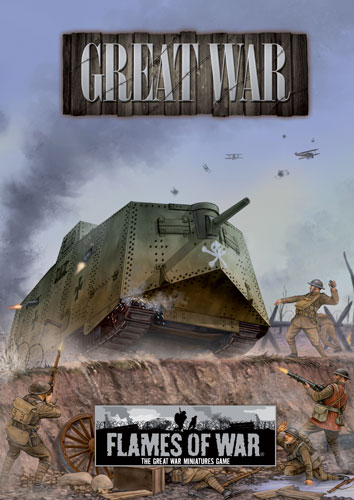 |
Great War In Colour:
Painting British & German Forces For Great War
The Great War of 1914-18 was global in its reach. The large empires of the main European powers meant that conflicts occurred in places as diverse as East Asia, Africa, and off the coast of South America. Yet this global conflict would be decided by the mighty clashes upon the battlefields of Europe.
|
Great War
The Great War of 1914-18 was global in its reach. Yet this global
conflict would be decided by the mighty clashes upon the battlefields of
Europe.
Learn more about Great War here... |
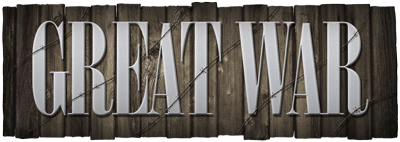 |
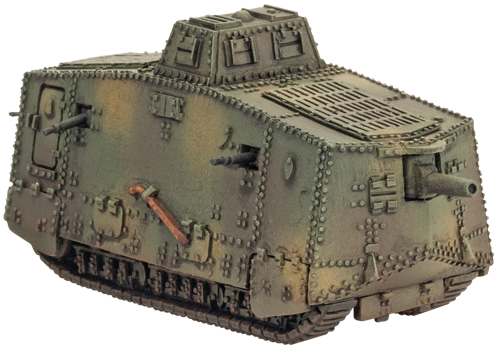 |
German Armoured Vehicles
Very little documentation exists today on German
tank camouflage schemes and markings used during World War One. The
principal colour for German heavy equipment during World War One was
fieldgrau (or field grey). However, the actual shade of field grey could
vary from a medium or dark grey to a neural grey and even a very
distinctive greenish grey. Camouflage colours when used were applied
over the base colour of field grey and consisted of patches of ochre and
brown.
Learn more about the A7V here... |
Vehicles
Grenadier Green (FWP349)
|
Tracks, Machine-guns, Exhaust Pipes
Dark Gunmetal (FWP480)
|
Camouflage
Motherland Earth (FWP383)
|
Camouflage
Boot Brown (FWP323)
|
Captured British Tanks
Captured British tanks for the battles of 1918 were re-painted in the German colour scheme with a base coat of field grey with patches of ochre and brown.
|
Helmet, Gasmask Tin, Guns / Mortars
Heer Green (FWP340) |
Canteen, Boots, Belt, Mustaches(!)
Dark Leather (FWP322)
|
|
Uniform and Putees
Grenadier Green (FWP349)
|
Webbing, Pistol holsters, Officer's Boots, etc.
Black (FWP300)
|
|
Bread Bag, Grenade Sacks
Tan Leather (FWP384)
|
Rifles, Entrenching Tool Handles
Battlefield brown (FWP324)
|
Buntfarbenanstrich
In September 1918, a new disruptive camouflage scheme was put in place called Buntfarbenanstrich (or colourful painting) that consisted of patches of ochre, brown, and various green coloured paint separated by black lines. This scheme was commonly on tanks and helmets of the period.
Right: An example of the Buntfarbenanstrich camouflage scheme.
Buntfarbenanstrich Colours
|
| Sicily Yellow (FWP362) |
Jager Green (FWP344) |
| Motherland Earth (FWP383) |
Heer Green (FWP340) |
| Black (FWP300) |
|
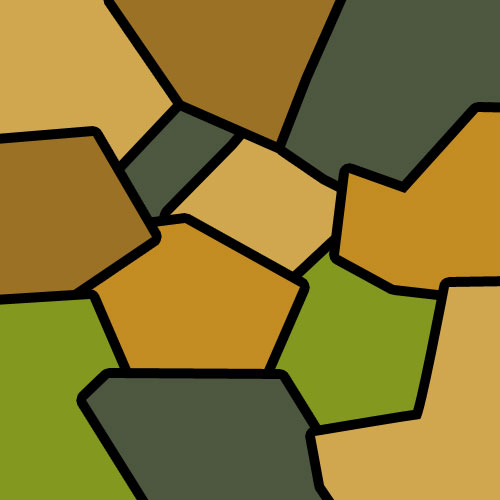 |
British Armoured Vehicles
During World War One British armoured vehicle were finished in khaki brown; any additional camouflage was rare and often considered a waste of time due to the nature of the battlefield.
|
|
Vehicles
Sherman Drab (FWP321)
|
Tracks, Machine-guns, Exhaust Pipes, Chains
Dark Gunmetal (FWP480)
|
|
Markings
White (FWP301) & Artillery Red (FWP380)
|
Wood
Battlefield brown (FWP324)
|
| British Infantry |
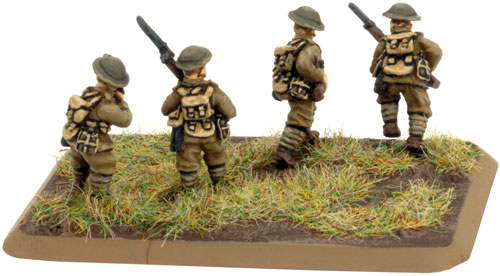 |
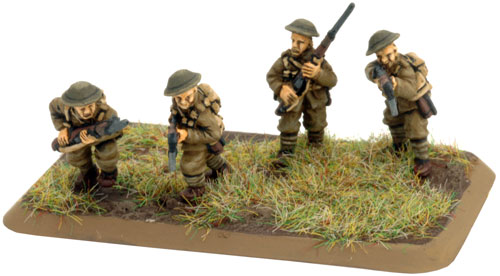 |
Helmet, Canteen, Guns / Mortars
Sherman Drab (FWP321)
|
Boots
Boot Brown (FWP323)
|
Uniform / Putees
Battledress Brown (FWP325) |
Rifles, Entrenching Tool Handles
Battlefield brown (FWP324)
|
Webbing
Sicily Yellow (FWP362)
|
Bayonets
Dark Gunmetal (FWP480)
|
|
|
|